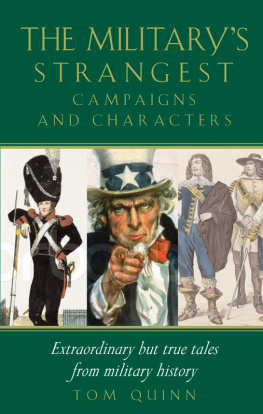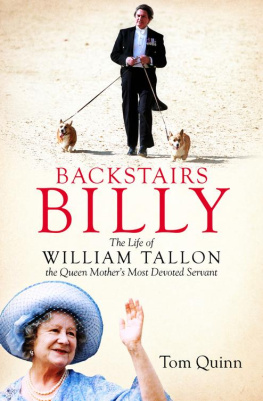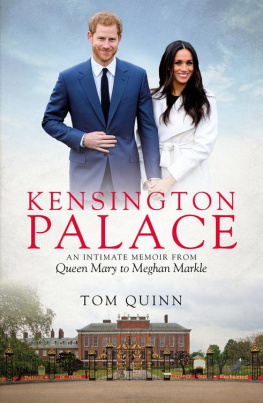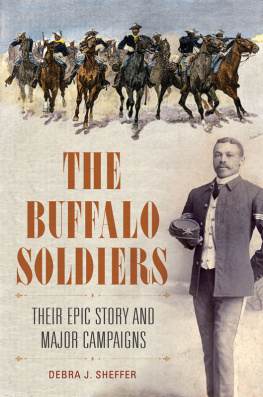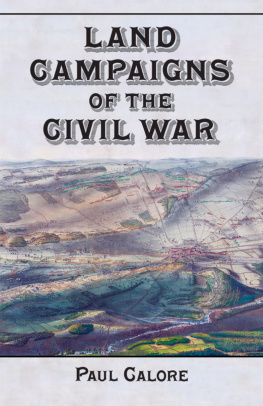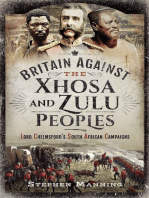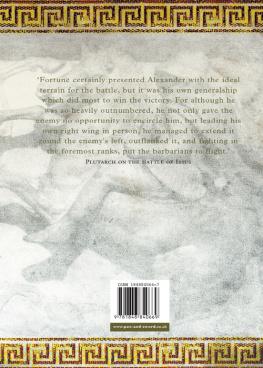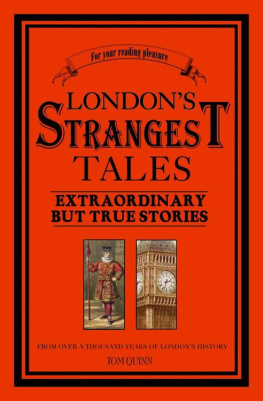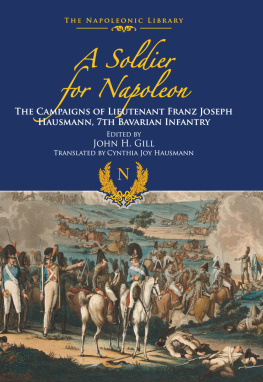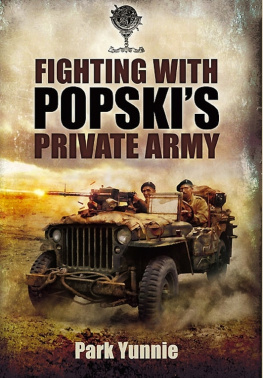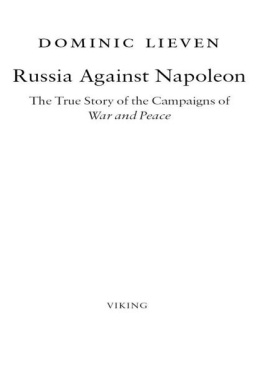MILITARYS
STRANGEST
CAMPAIGNS & CHARACTERS
Other titles in this series
The Ashes Strangest Moments
Boxings Strangest Moments
Bridges Strangest Hands
Cinemas Strangest Moments
Classical Musics Strangest Concerts
Crickets Strangest Moments
Fishings Strangest Days
Flyings Strangest Moments
Footballs Strangest Matches
Gamblings Strangest Moments
Golfs Strangest Rounds
Horse-racings Strangest Races
Laws Strangest Cases
Londons Strangest Tales
Medicines Strangest Cases
Motor Racings Strangest Races
The Olympics Strangest Moments
Pokers Strangest Hands
Politics Strangest Characters
Railways Strangest Journeys
Rock n Rolls Strangest Moments
Royaltys Strangest Characters
Rugbys Strangest Matches
Sailings Strangest Moments
Sciences Strangest Inventions
Shootings Strangest Days
Televisions Strangest Moments
Tenniss Strangest Matches
Theatres Strangest Acts
The World Cups Strangest Moments
MILITARYS
STRANGEST
CAMPAIGNS & CHARACTERS
Extraordinary but true stories from over two thousand years of military history
Tom Quinn

Contents
Introduction
Only the dead have seen the end of war Plato
Military history is full of strange stories stories of extraordinary coincidences, of survival against all the odds, of strange meetings, eccentric characters, madmen, heroes and villains.
The sheer facts of warfare are themselves often bizarre take the fact that in World War One more than one hundred thousand pigeons served their country. And in other conflicts elephants, camels, cats, canaries and even glowworms have been used, the latter highly effective in throwing just enough light to read a map by. But the antics of animals are as nothing to the mad, bad and incomprehensible antics of the millions of humans who have taken part, sometimes nobly sometimes ignominiously, in war and it is the strangest of their tales that, for the first time, are gathered here.
A disproportionate number of tales may seem to come from one or two wars or periods: Wellington is strongly represented because, as one modern commentator succinctly put it, he was as mad as a balloon, but he was also an extraordinarily brilliant military commander. The First World War inevitably takes up many pages too, simply because it was a war that has produced a greater number of books, including, of course, poetry and memoirs, than any other in history.
But whatever your interest you will find it represented here, from ancient battles, through medieval and modern wars; from Europe, Asia and America, The Militarys Strangest Characters and Campaigns brings together the most bizarre stories from more than two thousand years of warfare.
Tom Quinn
London, October 2005
MARATHON BATTLE
GREECE, 490 BC
In 490 BC a council of Athenian military officers met on a mountain overlooking the plain of Marathon on the eastern coast of Attica. They were trying to decide whether to attack an enemy encamped on the shore beneath them and though they didnt know it at the time, the result of their decision was to change the course of history.
There were ten generals, one for each of the local tribes into which the Athenians were divided. Each general led the men of his own tribe. The eleventh council member was the Polemarch or War-Ruler: he would lead the right wing of the army in battle. At Marathon Callimachus was the War-Ruler.
It is estimated that the eleven council members had command of about ten or eleven thousand well-trained and highly equipped fighting men and perhaps a similar number of irregular and less well-trained troops. The opposing Persian army camped down below on the shore, by contrast, consisted of more than one hundred thousand well-armed men men who had arrived in a vast fleet of warships. The Persians were commanded by Datis and Artaphernes.
One extraordinary man is generally given the credit for victory in the Battle of Marathon, which is unquestionably one of the most extraordinary battles in military history. Miltiades (550489 BC) was said to be descended from the legendary Achilles. It was his knowledge of the Persian armies, their training and weaponry that convinced him that the Greek troops were so much the superior fighting force that they would succeed even against the vast army facing them. Miltiades saw that the position of the Greek forces also gave them the huge advantage of being able to mount a sudden and devastating attack but it was a decision of enormous risk and daring. First he had to persuade the Council of War and after lengthy discussion the casting vote went to Callimachus, the War-Ruler, and the decision was made to attack.
The Persians actually made things easier for the Greeks because they had hesitated and delayed, hoping that the size of their army would intimidate the Athenians or that their spies and groups of partisans would somehow enable them to achieve victory without resorting to full-scale battle. It was a fateful tactic but given the difficulties of attacking a force in a stronghold above them, it is perhaps not impossible to see why the Persians were uncharacteristically hesitant. We only know it was September 490 BC when battle commenced.
Callimachus led the right wing; the Plataeans formed the extreme left; Themistocles and Aristides commanded the centre. The line consisted of heavily-armed spearmen who, breaking with tradition, moved forward at a run and in a hugely extended line to prevent the Persians outflanking them. The line was weakened by this but only at the centre, where Miltiades felt it would be easy to re-group; on the flanks the line was tight and well ordered. The idea of running was to ensure as far as possible that the deadly Persian cavalry did not have time to mount and organise themselves before the Greeks were upon them.
The historian Herodotus describes what happened next: When the Persians saw the Athenians running at them, without horse or bowmen, and in small numbers, they thought these were madmen rushing to certain destruction. The Persian army made up of men from Hyrcania and Afghanistan, from Khorassan and Ethiopia, from India, Iraq and Egypt prepared to do battle, but they were effectively mercenaries with no racial or ethnic bonds, unlike the Greeks who had their national honour to defend.
Initially the Persians broke through the centre of the Greek line, but the flanks held and those who crossed the line were destroyed or allowed to flee in disarray by the closing of the two outer flanks, which then attacked the centre force of the Persians. In close combat the Persians were simply no match for the Greeks, who fought in tightly packed formations and under great discipline. Had the Persians been able effectively to use their cavalry, things might have been very different but the moment came when the Persians morale left them and the whole army began to crumble.
The hordes of Asia turned and fled to their ships, which the Greeks then attacked with fire. It is estimated that nearly seven thousand Persians died, while the Athenians are said to have lost just 192 men. Even allowing for exaggeration by the victors, it was a quite remarkable victory.
HUNGRY DEFEAT
GREECE, 405 BC
One of the most famous conflicts in the history of warfare, the thirty-year Peloponnesian War, ended simply because the Athenian army got hungry. The decisive defeat that gave Sparta its final crushing victory over Athens came in 405 BC at Aegospotami on the Hellespont.
Next page
